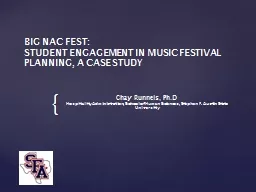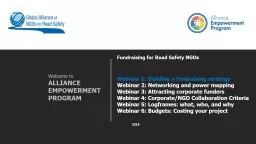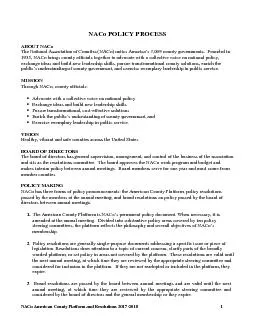PPT-Performance Objectives NAC
Author : trish-goza | Published Date : 2018-09-20
289 140 150 170 200 Please refer to your POST Performance Objectives Unit Goal To develop an understanding of domestic violence and stalking crimes the appropriate
Presentation Embed Code
Download Presentation
Download Presentation The PPT/PDF document "Performance Objectives NAC" is the property of its rightful owner. Permission is granted to download and print the materials on this website for personal, non-commercial use only, and to display it on your personal computer provided you do not modify the materials and that you retain all copyright notices contained in the materials. By downloading content from our website, you accept the terms of this agreement.
Performance Objectives NAC: Transcript
Download Rules Of Document
"Performance Objectives NAC"The content belongs to its owner. You may download and print it for personal use, without modification, and keep all copyright notices. By downloading, you agree to these terms.
Related Documents














